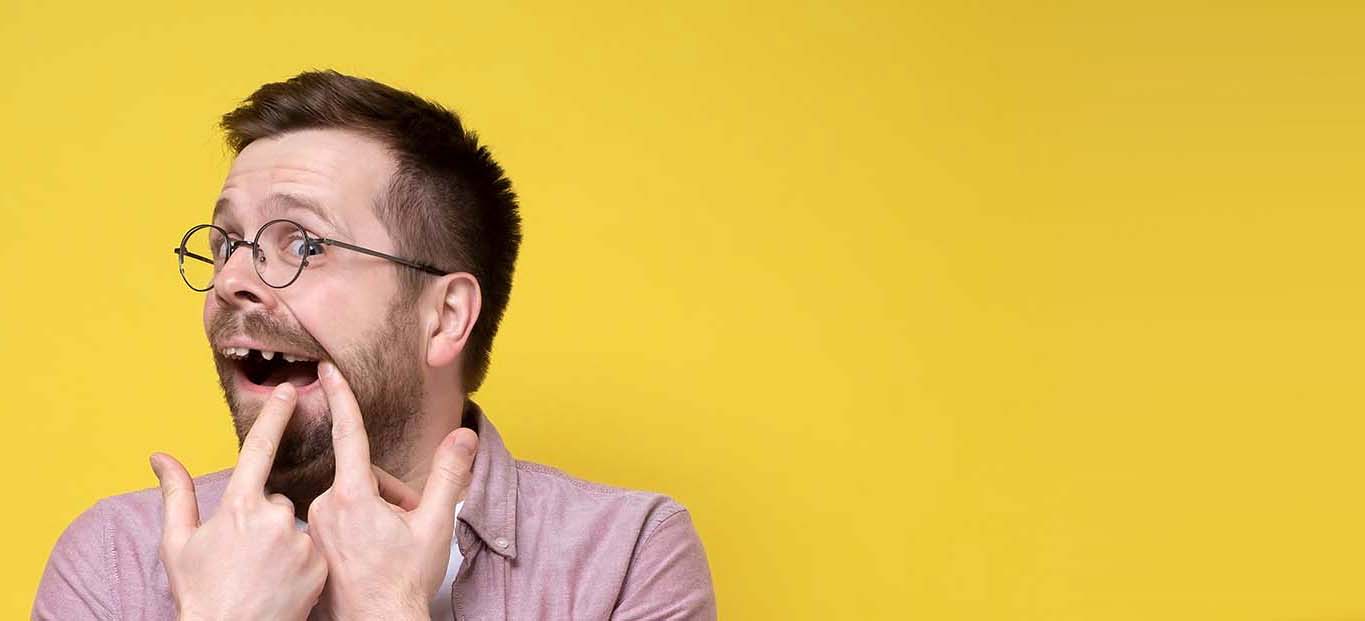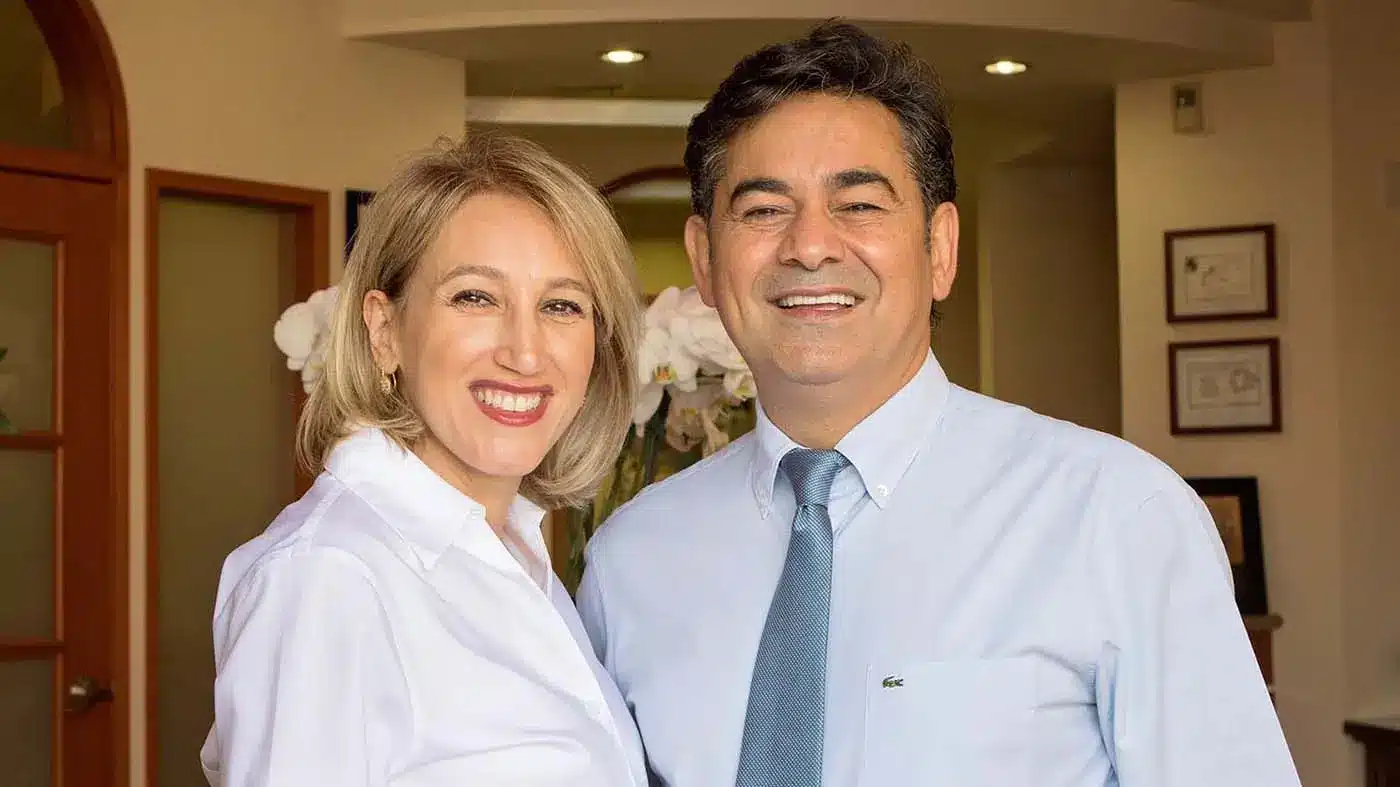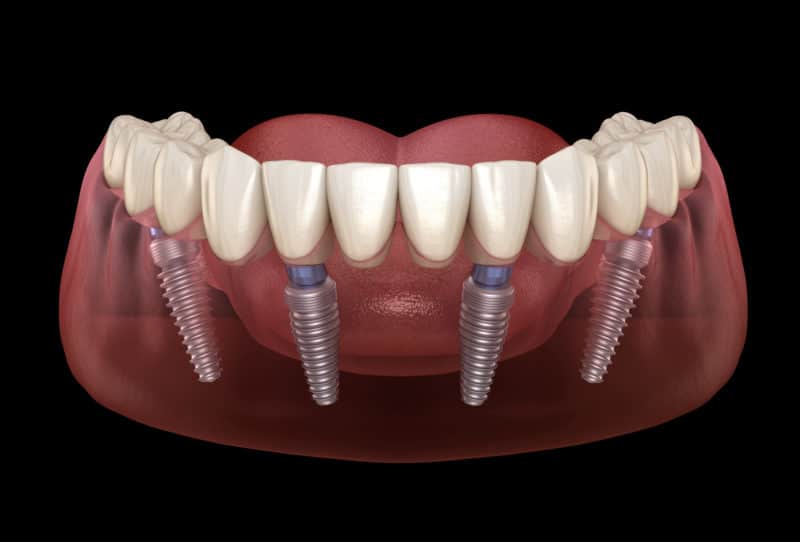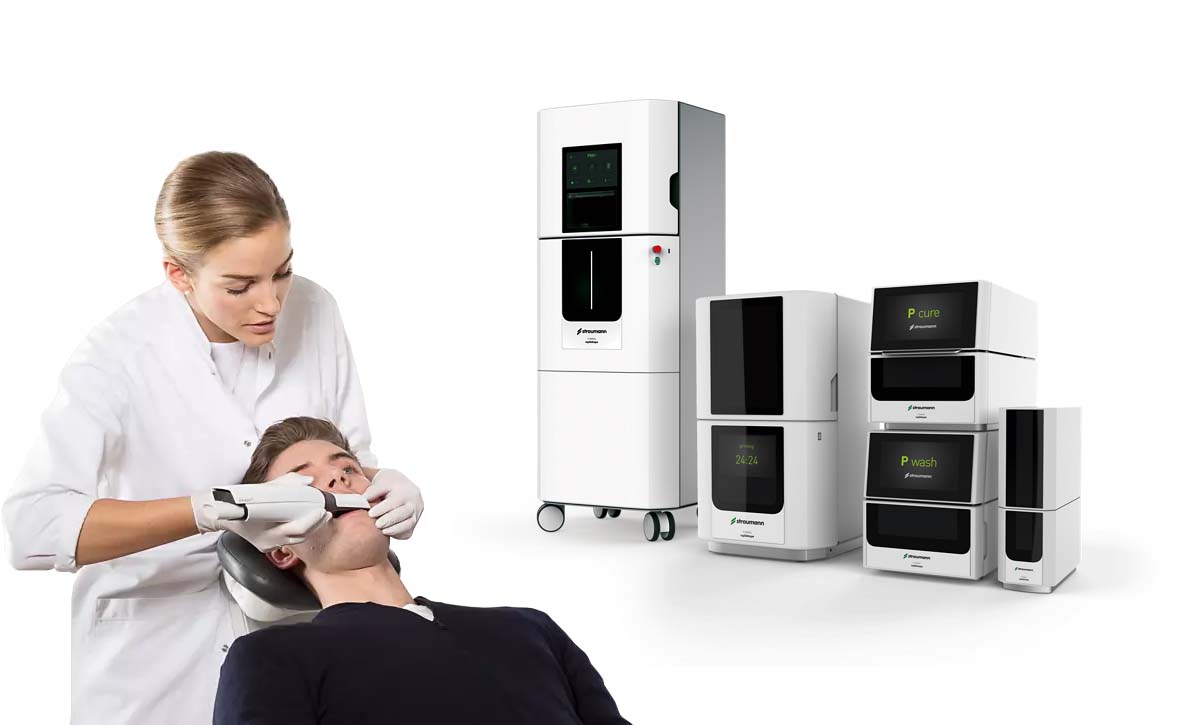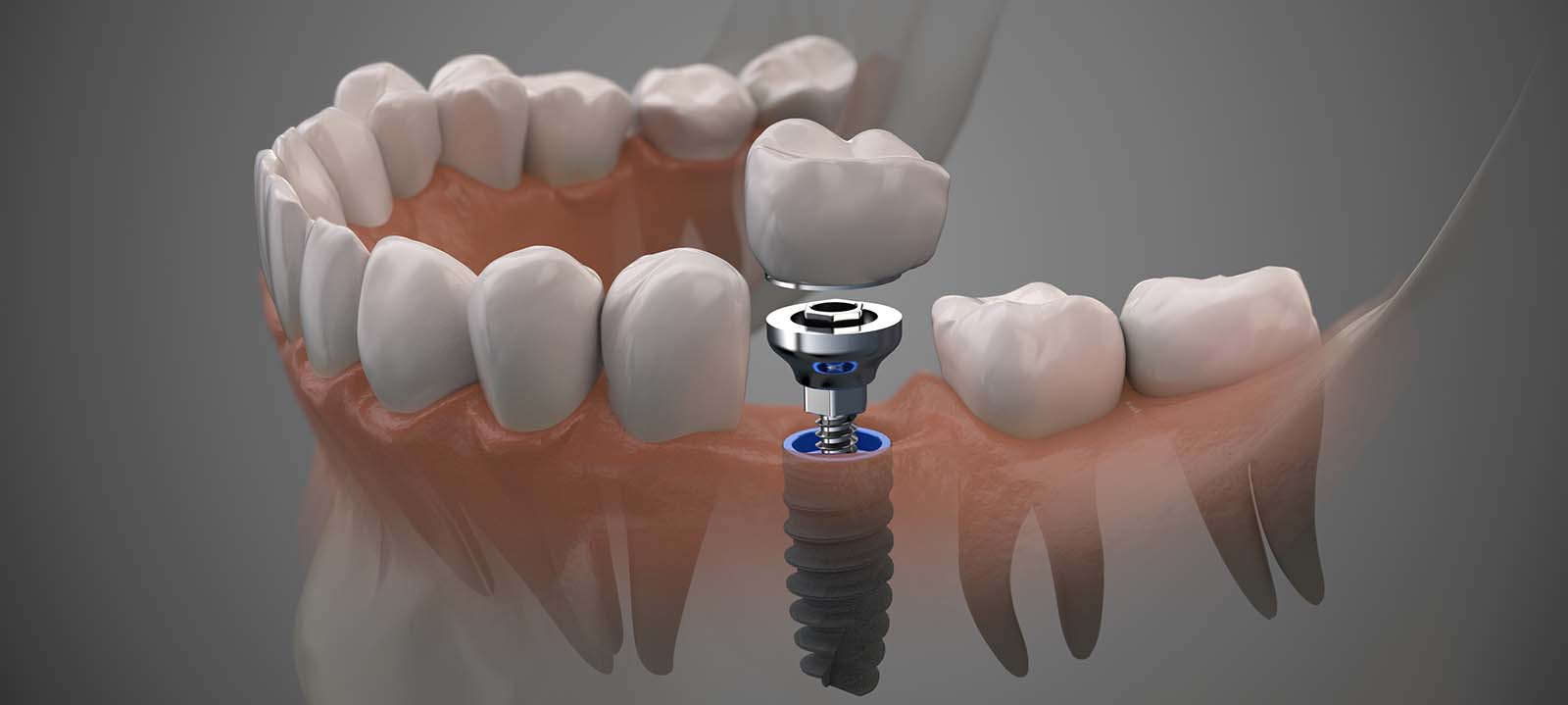The loss of one or more of your permanent teeth can affect your daily life and hurt your confidence. To remedy this situation, a dental professional may suggest considering a dental implant. Dental implants are incredible in that they look and function like a natural tooth. However, in some cases, before a successful implant can be administered, a bone graft may be needed. Los Angeles Dental Implants Specialist, Dr. Delaram Hanookai of Southland Dental Care wants you to be prepared regarding the aspects of this type of oral surgery. Being knowledgeable can help you make a more informed decision, as well as help, ease any anxiety you may feel about undergoing the procedure.
What Exactly is a Dental Implant?
Dental implant surgery uses a metal post with screw-like threading placed where your tooth root used to be. An artificial tooth is then secured over the post and when done properly, is indistinguishable from a real tooth. Implants are a terrific alternative to other types of remedies such as dentures and bridges that do not look natural and are ill-fitting.
The condition of the bones in your jaw and the recommended type of implant will help your dental professional determine how your surgery needs to be performed. Implant surgery may require several steps before it is completed. One of those steps is the possibility of a bone graft. Certain steps may even require ample healing time meaning it can take several months for the entire process to be completed. However, this healing time will allow your implants to be as secure as possible by giving the bones time to heal tightly around the posts.
Why Bone Grafts are done
When you need an implant done, it needs a solid foundation to fuse to. This makes them strong and sturdy so they do not move or slip. If your bone is compromised due to bone loss or it is generally weakened, it may not be able to support an implant. Thus, the implant may fail.
Many people have a misconception that bone is made up of hard inflexible material. In reality, your bones are always replacing bone cells and remodeling itself. This is useful for straightening teeth but not necessarily helpful when you lose teeth as an adult since it typically results in bone loss. When tooth loss or gum disease occurs, the surrounding bone shrinks back.
Substantial bone and tooth loss can actually make you appear older. This is because your facial features lose support and will begin to sag without it. A bone graft can strengthen jaw areas that have experienced some bone loss so that implants can be placed to improve your appearance and health.
Bone grafts can help individuals who:
• Have a birth defect
• Experience issues related to trauma
• Bone loss from tumor removal
• Tooth extractions that did not include a graft for socket preservation
• Are looking for dental implants to replace missing teeth
• Want an alternative to a more secure and natural option to a bridge or dentures
• Is trying to strengthen loose teeth due to periodontal disease
Good Bone Graft Candidates
In general, you may be a good candidate for a bone graft if:
• You have one or more missing permanent teeth
• Your jawbone is fully grown
• Your jawbone needs added strength to support an implant
• You cannot, or do not want to wear dentures
• Are free of health issues that affect bone healing
• Can commit several months to complete the process
• Are a non-smoker or can commit to quitting for a period of time
Bone Graft Procedure
Typically, bone graft procedures are an outpatient procedure that is performed in-office. Your doctor will administer the agreed-upon anesthesia orally or through IV. Grafting material will be harvested from another area of your jaw or body (commonly the hip) to be transplanted into the weak area. Grafting material can also be obtained from a human or animal donor that has been sterilized by a lab. There are even synthetic options if needed and eliminated the need for a second incision and surgical site.
During the procedure, an incision is made in the gum tissue to access and clean the jaw site. The grafting material will be placed in the area experiencing loss. A collagen membrane will cover the area to prevent gum tissue from growing into the new bone. Finally, the incision will be stitched closed.
Once you recover from sedation, you will be given after-care instructions. More than likely you will not be fully out of sedation for awhile. Thus, you will probably be required to have a friend or family member there to give you a ride home.
Recovery
After bone graft surgery most people experience swelling and soreness for at least a few days. Stitches take about a week to dissolve. A liquid diet is recommended for the first few days. Avoid using a straw because the suction from using one can dislodge clots that are controlling bleeding or even the graft itself. Softer foods can be added for the next few weeks. Be sure to follow your dentist’s instructions and take any antibiotics accordingly to prevent infection and to heal strong.
Other things that are discouraged are any exercise that elevates your heart rate, alcohol which can cause dehydration and slow the healing process, and smoking which contains toxins that can cause infection and reduces healing blood flow to the surgical site.
Pain can usually be managed with over-the-counter medications such as ibuprofen. In some cases, a prescription pain reliever can be offered. Most pain subsides after about a week.
Results and Post-recovery
Recovery times will vary depending on the individual and how extensive the surgery was. Most are back to normal after about three weeks. The bone graft should begin to assist bone growth and regenerate after about six months. You may even begin to see small changes in your facial structure and support beginning at this time. Once implants are placed in the grafts, your results will be more dramatic.
If for some reason your graft fails, you may have to undergo another procedure in order to obtain your desired result. For some situations, multiple procedures may be needed.
Once healing has gotten to a point where your bone is strong and healthy, an implant procedure can be planned. If an implant is not placed within a year your bone may atrophy and bone loss can occur again. This means it no longer will support the implant and the process will need to start over.
With good oral hygiene, a successful dental implant can give you twenty to thirty years of confidence.
Bone Graft Surgery Cost
Cost is an important factor for most people looking to get their oral needs addressed. Bone graft cost in Los Angeles can widely vary. During your visit, you will be given options and quotes to help you plan a budget and so you know what to expect. Be sure to consider any surgeon’s fees and anesthesia costs.
Factors that can affect the total cost are:
• The practice you choose to do your surgery and its location
• The surgeon’s experience level and cost
• Type of anesthesia
• The degree of the procedure- how much bone needs to be reconstructed
• How much your insurance will cover
If you are looking to bring back a stunning smile to your face, dental implants done by Delaram Hanookai, top periodontist in Los Angeles, can give you that option. Better than dentures and bridges that can look unnatural or slip; an implant can give you the next best thing to your own teeth. They are natural-looking, functional, nearly undetectable, and won’t encourage the decay of surrounding teeth.
When a bone graft is needed to make implants a reality, Southland Dental Care is here to serve your dental needs. Dr. Delaram Hanookai has the experience you can trust. Along with a friendly and professional staff, you can rest assured your health and happiness is first priority. Call to find out your options and get your questions answered about bone graft cost Los Angeles so you can find yourself smiling confidently once again.







